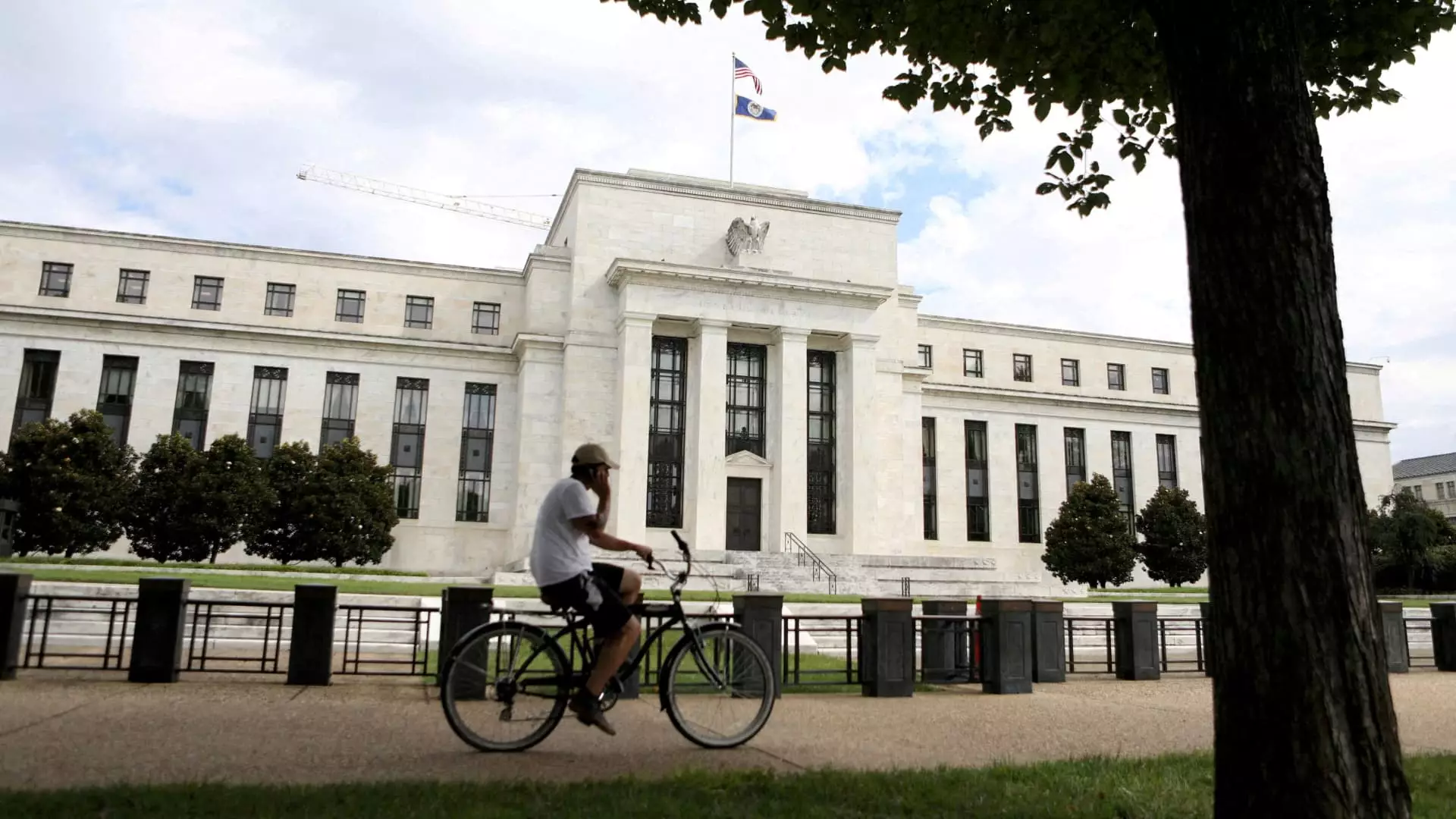The current economic landscape in the United States is a complex interplay of political pressure and independent monetary policy, exemplified by President Donald Trump’s recent exhortations for the Federal Reserve to lower interest rates. While the voices of politicians, particularly those in the realm of governance, often cast a long shadow over economic decisions, it is critical to remember that the Federal Reserve, as an independent entity, is meant to act in the best interest of the economy without political influence. Trump’s call for the Fed to reduce rates amid what he claims is a benign inflation environment raises questions about the intersection of politics and economic responsibility.
This situation is alarming for several reasons. Firstly, allowing politicians to dictate monetary policy essentially undermines the autonomy that central banks require to make sound decisions based on objective economic data. Federal Reserve Chair Jerome Powell’s assertion that monetary policy should remain free from political entanglements serves as a reminder of the necessity for an insulated approach to fiscal governance. The minute the Fed succumbs to political pressure, it risks losing credibility, provoking market volatility, and ultimately jeopardizing the financial well-being of millions of Americans.
The Hidden Costs of Trade Wars
Inflationary pressures are not solely a result of monetary policy; they are intricately woven with trade policies, especially those introduced by the Trump administration. Current and anticipated tariffs serve as a hurdle to any potential rate cuts that might ease borrowing costs for consumers. Economists and analysts are increasingly vocal about how these tariffs could inflate prices across the board. As Eugenio Aleman, chief economist at Raymond James, succinctly puts it: “Consumers are always the ones who pay the price.”
There’s an undeniable ripple effect that tariffs impose on the economy — from the cost of groceries to car payments. High prices coupled with soaring borrowing costs can suffocate household budgets, forcing families into a tough corner. The discomfort of “consumers feeling the squeeze” should be taken seriously, and suggesting that the Fed should cut rates to mitigate those pressures fails to recognize the deeper economic mechanics at play.
The Long Shadow of High Borrowing Costs
With the Federal Reserve currently standing by its decision to maintain interest rates, the financial landscape remains grim for consumers grappling with high credit card rates and skyrocketing loans. The situation is particularly precarious when one considers the direct correlation between the federal funds rate and consumers’ everyday borrowing expenses. The roughly 20% average annual percentage rate for credit cards is a stark reminder of how elevated borrowing costs can accumulate into a seemingly insurmountable burden for many, especially those with lower incomes.
Moreover, as Matt Schulz, chief credit analyst at LendingTree, points out, banks’ apprehension regarding economic uncertainty leads them to raise credit card interest rates. This is a troubling trend, as it signifies a cautious banking industry retreating from risk, further exacerbating the financial battles many Americans face.
Housing Market Blues and the Young Buyer’s Dilemma
For potential home buyers, the status quo is hardly encouraging. The dream of homeownership remains just that— a dream— for many, as current mortgage rates hover around 6.81%. This is still a far cry from what would be considered reasonable, especially for those just entering the housing market. Further complicating matters, the anticipated tariff-induced price hikes have created a morale-crushing atmosphere among potential buyers, prompting many to hold off on purchasing homes entirely. It’s a cycle of caution and stagnation that contributes to a lackluster housing market, showing how intricately connected our economic policies and individual lives are.
The financial ramifications are particularly glaring for younger individuals, who find themselves crippled not only by high housing costs but also by substantial student debt. For them, the landscape is not just difficult; it’s also entrenched in systemic challenges that future generations will have to navigate. Rather than providing a light at the end of the tunnel, the persistent high-interest rates indicate an ongoing struggle that many millennials and Gen Zers will likely endure for years to come.
A Silver Lining: Savings Accounts and Hope
Despite the challenging financial environment, there is a silver lining in the form of flashingly high yields in online savings accounts. With rates climbing as high as 4.5%, savvy consumers may find opportunities for growth amidst economic uncertainty. It’s crucial for individuals not only to bolster their emergency savings but also to address outstanding high-interest debts. Such financial habits foster resilience and adaptability, allowing individuals a greater ability to weather impending economic storms.
In an era where uncertainty reigns supreme, proactive financial management is not just wise— it’s imperative. The onus is on individuals to seize control of their finances, strategically navigating a landscape dominated by external economic pressures and political maneuvering.

Leave a Reply